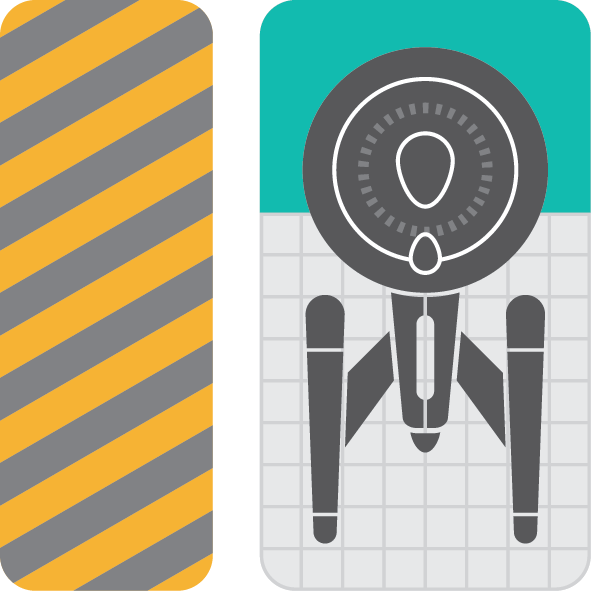About Dr Jim Lovell
Jim Lovell thinks that making and discovering new things is the most fun anyone can have.
Jim has a PhD in astrophysics and spent the first 20 years of his career observing the regions around black holes by joining together multiple telescopes world-wide and in space to give the effect of an enormous telescope the size of the longest distance between them: a technique called Very Long Baseline Interferometry (VLBI). This gives the ability to zoom in close to the black hole, measure its location and study how it changes.
From 2007 until 2017 he was Project Manager of the AuScope VLBI project at the University of Tasmania. This involved the construction and operation of a new array of three radio telescopes across Australia, using it to measure the Earth and its orientation in space: measurements essential to techniques such as GPS. It turns out it’s important to observe black holes so your smartphone can tell you how to get to places.
Following his involvement in a citizen science project in 2018 to monitor the endangered Tasmanian Wedge-tailed eagle, Jim fell in with a bunch of biologists and has since been working on adapting radio astronomy techniques to acoustic wildlife monitoring. This has involved building audio data recorders to find, identify, locate, count and track noisy bats, birds and other animals.
Dr Jim Lovell has worked for the University of Tasmania, CSIRO and NASA using radio telescopes to study quasars and Earth dynamics. He is applying his expertise to develop innovative acoustic monitoring approaches and to coordinate the CallTrackers citizen science project.


